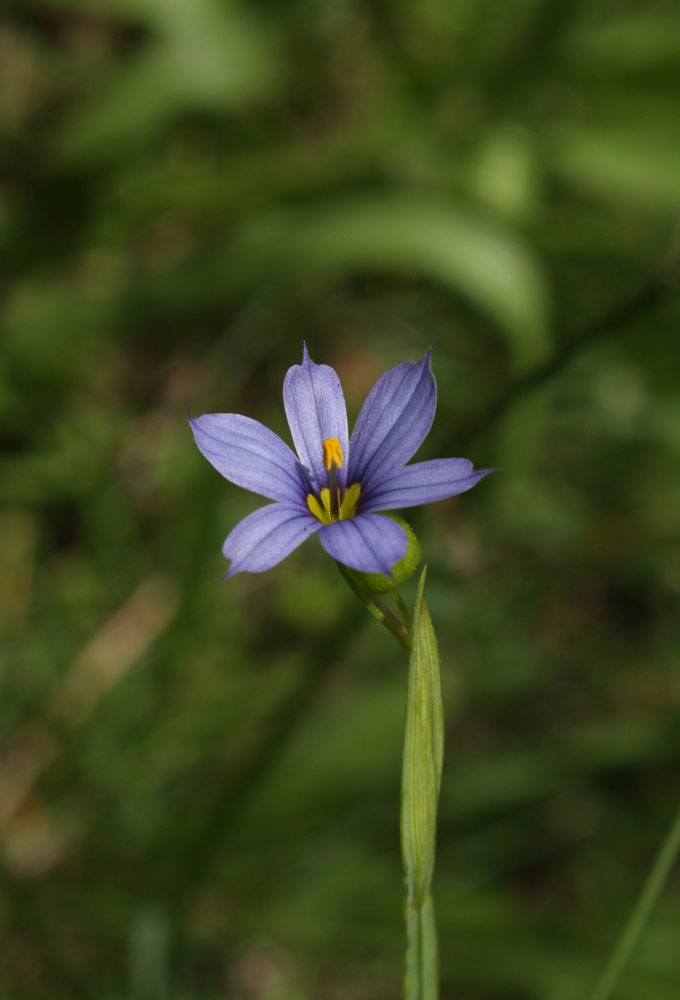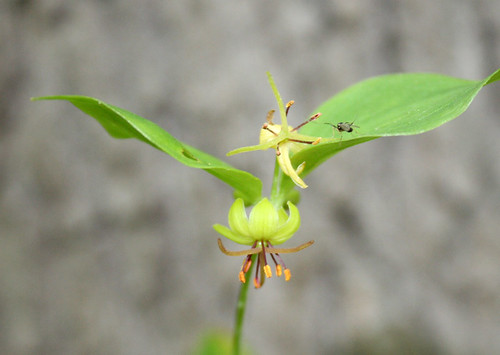Today, the vegetation surrounding my pond (mostly meadowsweet, gray birch, and random sedges, rushes, and grasses) was filled with damselflies. Most of the damsels today were bluets, but there was also several spread-wing damselflies.


And the best part about damselflies, their eyes!

Before today, we had a good amount of precipitation, which means that the butterflies, dragonflies, and damselflies have stayed hunkered down and out of the rain. But the mushrooms and wildflowers seem to enjoy it!



Last April, the forests and a meadow on my property were burned by a brush fire of unknown origin. At first it appeared that the only thing that would grow back was greenbrier (Smilax glauca and S. rotundifolia). But as 2008 rolled along, the entire meadow was filled with meadowsweet (Spirea sp.), a shrub and Little Bluestem (Schizachyrium scoparium), a grass. This year, the grass is still very evident, but the meadow is beginning to fill in with native forbs. The most common are Rough-stemmed Goldenrod (Solidago rugosa), Whorled Loosetrife (Lysimachia quadrifolia) as well as shrubs such as meadowsweet (Spirea sp.) and Sweet Fern (Comptonia peregrina), which is actually a shrub, not a fern.
Today, as I was walking through the burned forest (which is now mostly Greenbrier (Smilax) and Hay-scented Fern (Dennstaedtia punctilobula), both of which outcompete other plants) I came across an Ovenbird nest, which had three or four babies inside. As I was walking away from the nest, I found some Indian Cucumber-Root (Medeola virginiana). Indian Cucumber-Root is a common understory plant in Pennsylvania, but my property, which is devastated by deer overbrowsing, has almost no undergrowth. In the woods here in Kunkletown, the only plants that grow (other than greenbrier, ferns, and trees) are Canada Mayflower (Maianthemum canadense) and False Soloman's-Seal, also known as Soloman's Plume (Maianthemum racemosum). As a result of this little diversity, I was extremely excited to find this plant!

Well, I guess after what I found today, the lack of bird life is not necessarily a bad thing; it is just a sign of Mother Nature opening the doors to a new season. A sign of a change where the smaller, often unnoticed beauties can shine.
Happy almost summer!

2 comments:
Such a beautiful description of the changing seasons....
Nice word pictures, and lovely photos - keep up the great work, Corey.
Post a Comment